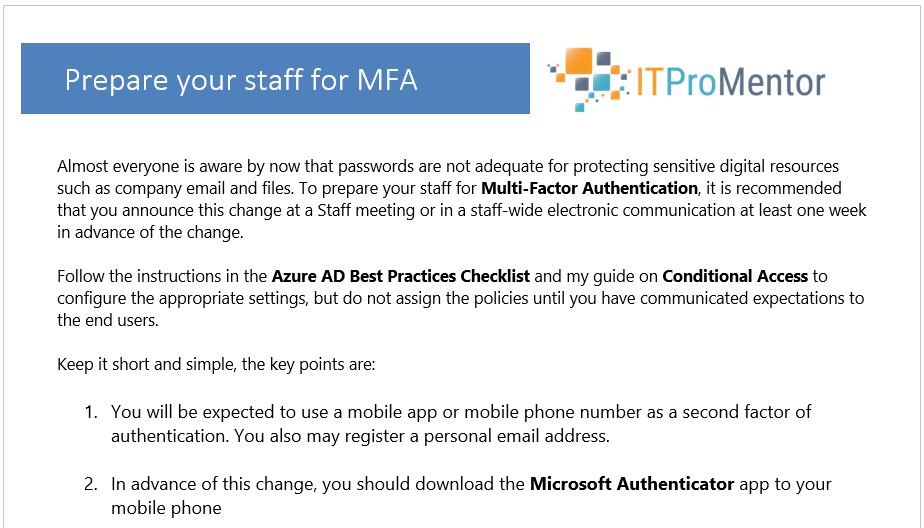The Importance of Clear Communication
I regularly advocate for aggressive change in small-sized organizations. In many ways, this is one place where smaller sized businesses have an advantage over mega-corporations. The larger the company, generally the longer it takes for them to adopt (and adapt to) new technology. There are exceptions to every rule of course, but if you ask me, as a small business owner I want to be as nimble as possible, and, due to my size, I can afford to be.
That having been said, the number one cause of friction and distress in our work lives tends to be… you guessed it: change. It causes discomfort when you move someone’s cheese, no doubt. We can all relate to that. So how do you make this uncomfortable experience as easy as possible?
The answer my friends is Clear Communication.
Setting expectations
Setting expectations is everything. The reason people get upset with change usually comes down to something so simple it’s almost absurd. We had one expectation, and then, suddenly, we were greeted with a different experience. To folks like us who work in IT and have grown accustomed to seeing a different set of screens every time we log into our admin centers, I think we can take our flexibility with new technology for granted. But I urge you to have some compassion with your users, because to them change can be a very frustrating experience.
Now some changes may happen outside of your control, so it is not always possible to manage expectations for every new bit or byte your employees are going to come across during their work day. However, one way you can avoid the Pit of End User Despair (TM) is to at least manage your communications in advance of any major change that you are aware of, especially the changes that you yourself are responsible for making.
For example, in Microsoft 365, managing devices or protecting applications makes your life as an IT admin much better, and improves your quality of nightly sleep, but it also comes with end-user impact. If you turn these things on without alerting people to the anticipated outcomes in advance, they are going to become very upset with you. And understandably so.
Therefore, it is imperative that you communicate your machinations in advance. This does a few things:
- It sets the end user’s expectation. If they are “in on it” they are less likely to feel powerless: like these changes are just happening to them without any input or warning.
- It dispels fear and empowers the users by giving them a “preview” of what is going to be expected of them moving forward.
- It builds trust and rapport between you (or your department/company) and the end users.
You need this bank of trust, because when there are issues later down the road (inevitably technology breaks sooner or later), then they will be more likely to forgive and be patient with you if they are already “on your team” so to speak. It seems simple, but it is because of this simplicity that it is so important.
Generally speaking, I recommend making fewer changes at one time. So for example if you implement Multi-factor Authentication (or even passwordless authentication), do not also try to implement device or application management on the same day, or even the same week. Also, do not ask users to adopt an all-new application at the same time as other, security or management-related changes. Give folks some space between disruptions. As well, I suggest that you keep your communications short and to the point. The end user does not need to read a novel about why these changes are taking place. Just keep it straightforward:
- We are making this change for your protection, and ours
- We expect you to take such and such actions by this date
- Moving forward, the new experience will be like this
Literally bullets, and maybe a 1-page branded PDF file with links to further documentation or video instruction.
Additional resources
The Microsoft 365 Consultant’s Bundle contains detailed examples of customer communication templates that you can use and rebrand as your own. I also include a bit of additional instruction for the persons responsible for communicating the changes to staff.
Obviously, the usual disclaimers apply: you will want to verify everything matches up with your experience because stuff in the cloud does not stay static, and of course you will want to apply your own colors and brand to the documents. Cheers!





Comment (1)
[…] The Importance of Clear Communication. This article should also be read by Microsoft employees who are working on changes to the Parnter program. […]